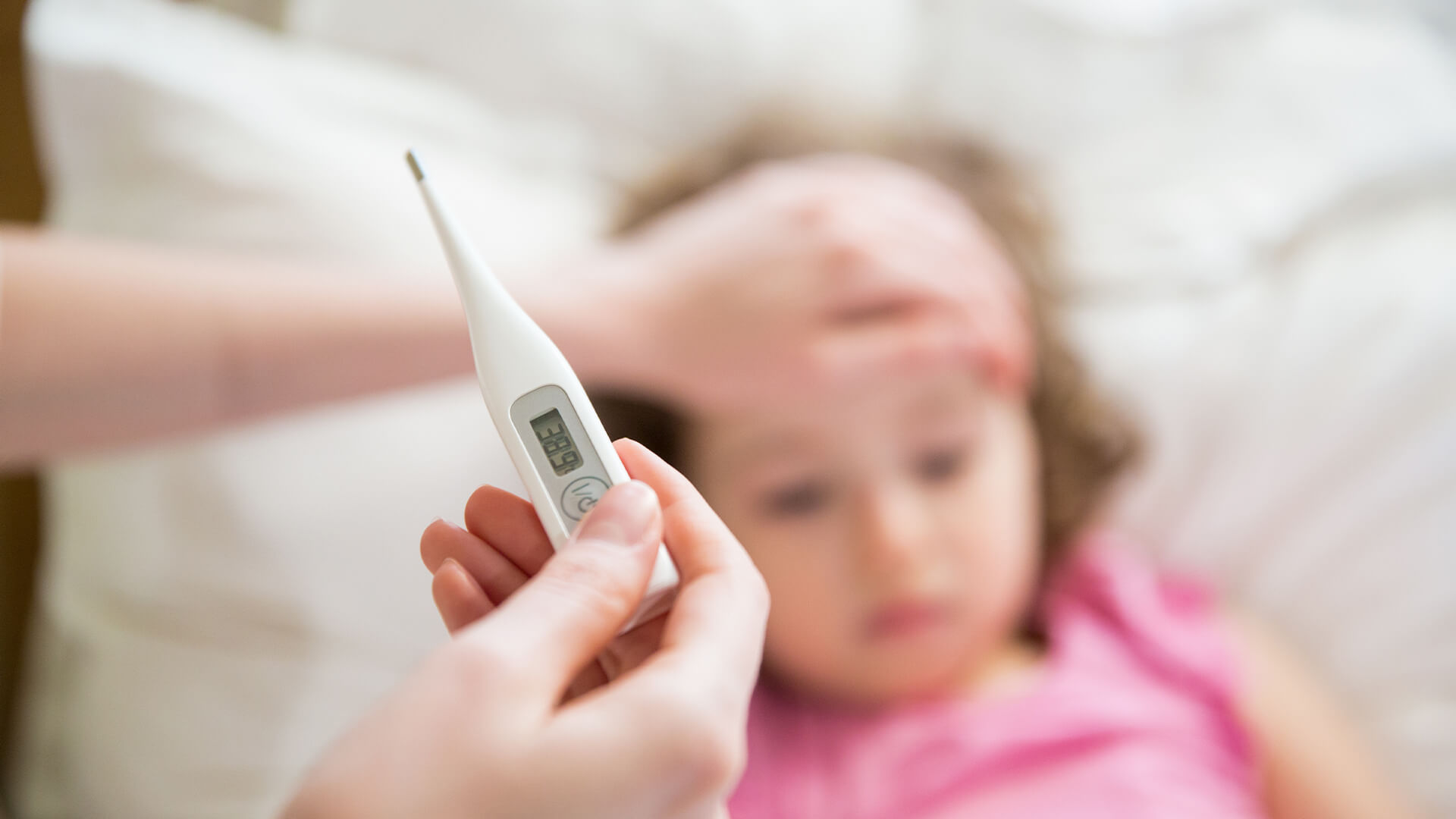
It’s an entirely new world once you step outside your home and expose yourself to different elements. From the air you breathe down to the people around you, everything can affect your health one way or another. It doesn’t help that the elements are often against you, with extreme temperatures working on wearing you down as you move along further.
All these factors contribute to one’s weakening immunity, eventually resulting in sickness. Although it’s trickier to identify the specific reason behind your sickness, sometimes symptoms are visible so they become a cause for concern. Fever is one of the signs you must look out for as it raises the patient’s body temperature, rendering them immobile at times. Before that happens, you must prioritize how to bring temperature down.
New Digital Trends to Detect Fever
Before you apply any treatment, you need assurance that what you’re dealing with is an actual fever. After all, misreading one’s temperature can happen, especially if done by depending on touch alone. Therefore, use technology to detect the exact temperature properly.
- Thermal Cameras
It’s not uncommon for camera systems to be installed in public or private establishments. As long as many people come and go as they please, it’s only natural for security measures to be taken. Because they’re common pieces of technology, experts found a way to utilize the camera’s software to detect those who are feeling feverish by setting up infrared cameras.
If you don’t know yet, infrared is energy that contrasts with visible light. Whereas visible light can be seen, infrared energy is not visible to the naked eye. Regardless, you can still sense the heat coming from infrared, while visible light is only evident once it reaches extremely high temperatures.
Because infrared radiates heat, they’re used to sense the infrared energy (heat) from any object within the vicinity. With this, infrared cameras can easily detect abnormal heat signatures and identify how many there are. However, as this is still a work in progress, there’s no way to differentiate whether or not someone’s fever is a sign of something more severe or if it’s as simple as a common cold.
- Wearable Detectors
Although stationing infrared camera systems in establishments effectively identifies potential cases, only the authorities would be aware of one’s vitals. So, instead of leaving it up to them, you might want to consider wearing temperature-sensitive technology to monitor yourself. Because not only are you brought up to speed over what’s going on with your body, but you can also take the necessary precautions and separate yourself from the crowd when you’re in public.
Like your own reader, wearable detectors are designed to monitor several health metrics, such as respiratory and pulse rate, activity levels, and even body temperature. These devices are much more thorough than infrared cameras as manufacturers design them to be worn around the user’s wrist or fingers. This proximity to the user makes it easier for the device to track down their metrics.
- Artificial Intelligence (AI)
Health data are considered essential information for every individual. Because they contain your medical information, any data leak can harm you. Fortunately, programmers have designed frameworks to cultivate AI and handle privacy issues. Besides that, AI is employed for detectors to identify those symptoms. Hence, infrared cameras can’t identify symptoms such as difficulty breathing as they only aim to detect abnormal heat signatures.
How to Treat Fever
Now you know how digital trends can detect fever, treating them is the next step.
- The Internet Of Things
It’s impossible to keep up with anything anymore without the internet. The same applies to medical care. Without the internet, any data received by infrared cameras or wearable devices will only be stored inside them instead of getting sent out to the officials. With the power of the internet, relaying information to help patients treat their fever and other symptoms has become easier.
- Gene Editing
Humanity owes a lot to technological advancements. Previously, editing one’s genetic information seemed an extremely far-fetched idea. Yet modern technology has made it possible for experts to start creating medications that accommodate patients’ needs. Thus, improving the chances of their effectiveness and avoiding allergic reactions from happening.
Takeaway
Even the slightest rise in your body temperature should be worrying enough because sometimes, getting a fever is a prerequisite to another disease. Fortunately, with the help of technology, multiple options are now available to help the public detect any abnormalities in their temperature and handle any treatment.
















